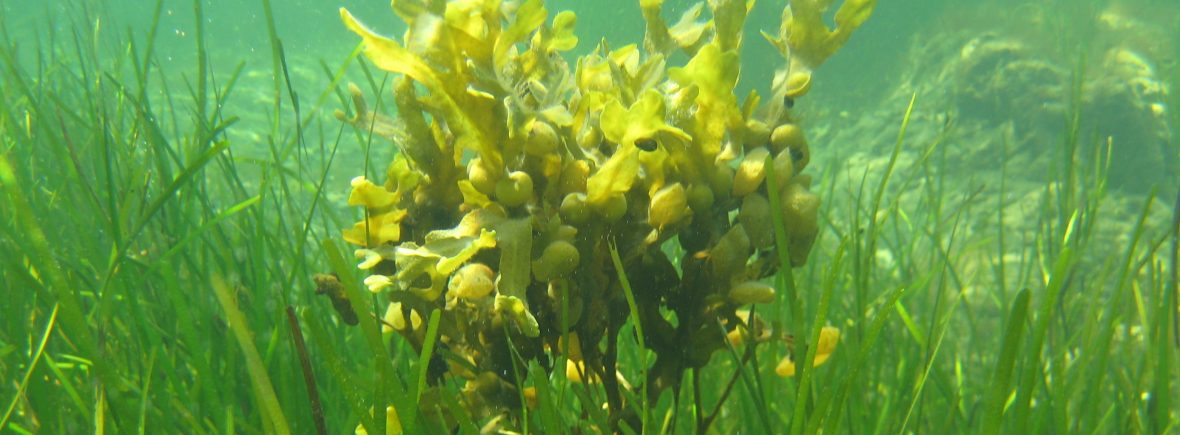Baltic ALgae COmmunity AnalySIs System is an assessment system for macrophytes (defined as macroalgae and angiosperms).
Its concept has been developed by the University of Rostock, working group Aquatic Ecology between 2004–2006 and has been revised, supplemented and finalized regarding structure, classification matrix and monitoring by MariLim GmbH between 2006–2008. An evaluation of the assessment system with the data sets collected so far has been made in 2013 resulting in specific improvements of the assessment. In the years 2016–2018 the monitoring was performed according to these improved methods. In 2019, an updated version of the implementation guideline BALCOSIS has been developed which includes a new evaluation system for the assessment of depth limits. Information on literature references, technical reforms and deadlines, taxonomy as well as maps and tables for sampling stations were updated, too.
The assessment system is valid only for the open coastal waters of the Baltic Sea (national water type B3) and combines the evaluation of soft and hard bottom vegetation. BALCOSIS covers the representative perennial vegetation components of the German Baltic open coastal waters (eelgrass beds, Fucus and red algae phytal). A set of in total seven parameters (= metrics) has been compiled for each of the different habitats and for each metric a five-tier classification system has been developed. This allows evaluating, if certain vegetation elements or metrics may react differently towards anthropogenic stressors.
Eelgrass beds | Fucus phytal | Red algae phytal | BALCOSIS assessment
How the assessment system BALCOSIS is to be used is described on the website surface waters assessment.

